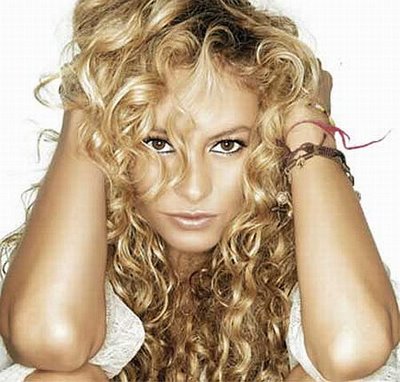
The Chanson Branches Out
French pop music, which became popular in the 1950s, originated from an earlier French style of music called chanson. The beginning chansons that date all the way back to the days of chivalry are more lyric-based. These include love ballads and crusade songs. More modern chansons began to incorporate some instrumentals such as the keyboard and the lute.
Like many European countries during the Renaissance, France went through a very popular opera period. At the end of the 19th century, something called chanson réaliste became very popular. This type of music is comparable to the realist art movement in America which focused on the poor and working class.
Another late 19th century type of music that was very popular in France was known as art songs. This style of music is more melodic and instrument-based rather than lyric-based. One of the most famous art music composers was Claude Debussy who wrote the popular, "Clair de Lune."
When artists such as Dalida and Sylvie Vartan began combining the classic chanson with modern rock ‘n’ roll music, the French pop music scene was created. French rock music was largely influenced by the rock scene that was becoming huge in America. The French named this style of music Yéyé, and French rock artists began modeling themselves after big American rock stars like Elvis Presley. As Elvis was our king of rock ‘n’ roll, the French had their version of “the king,” and this was rock star, Johnny Hallyday.
The sixties became a time when the French blues were popular, with Nicoletta being the rising star of the decade. In the seventies, dance music became popular. Just like in America, the disco scene became the norm and artists experimented with psychedelic-sounding compositions.
France in the eighties was practically obsessed with music. This was a time when big rock groups were emerging, forming themselves into idols and experimenting with different forms of music. One of the biggest groups of the eighties was the pop-punk band Téléphone.
In the last two decades, the original chanson has been spread to various genres of music. In the late nineties, French music came out with house artists and many notable DJs. Artists like Air and Daft Punk started out in Paris and grew so popular that they merged into the American music scene. Hip-hop and lo-fi also broke out during this time with artists such as IAM and the electro-pop singer, Zazie.
Today, some French artists hold true to chanson styles of music, but there are so many different genres in French popular culture that the country has no definitive style of music. Many French artists, such as M83 and Phoenix, are increasingly gaining international success.
French pop singer Jenifer Bartoli got her big break when she won the French television show Star Academy France. Shortly after she won, Jenifer released her hit single, “J’attends L’amour.”
Since her first album titled Jenifer in 2002, the pop star has released four other studio albums.
She had achieved instant success with Jenifer, as the album reached number two on French and Belgian charts, even though she recorded the entire album in only three weeks.
Her second album, Le Passage wasn’t as successful in sales as the first, but it did earn her the title “Best French Artist” at the MTV Europe music awards.
Her most successful album to date is Lunatique which topped charts in France and contains the hit single “Tourner Ma Page.” The album was also her most versatile, containing ska and reggae sounds. Jenifer also collaborated with other notable artists such as Matthieu Chedid.
Jenifer’s music is extremely popular in France, but with the exception of the French speaking country Belgium, she has not yet achieved international recognition. All of her albums to date have been solely in French.
Jenifer released her most recent album this year, with the name L’Amour et Moi. The singer is also currently a coach on The Voice.


.jpg)


